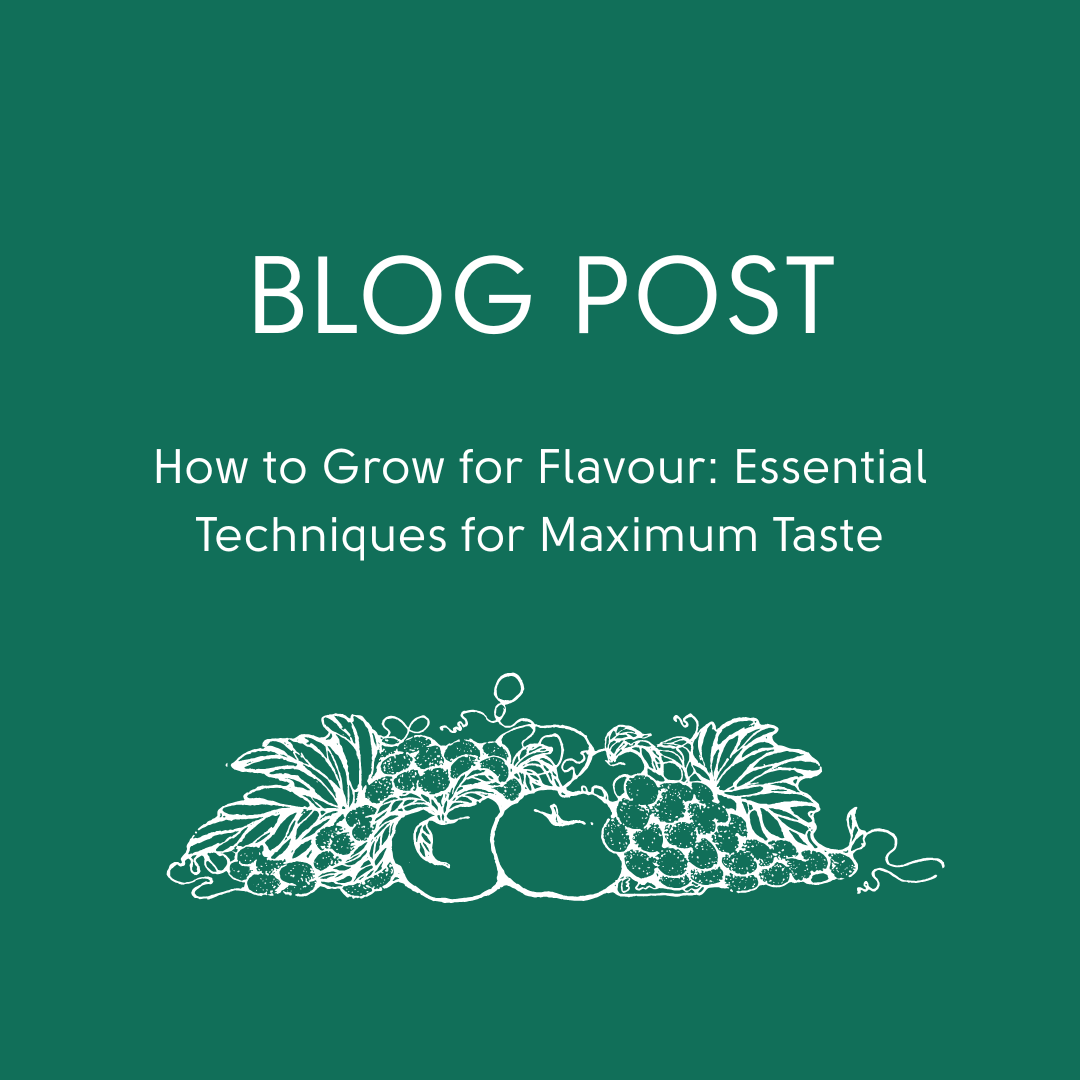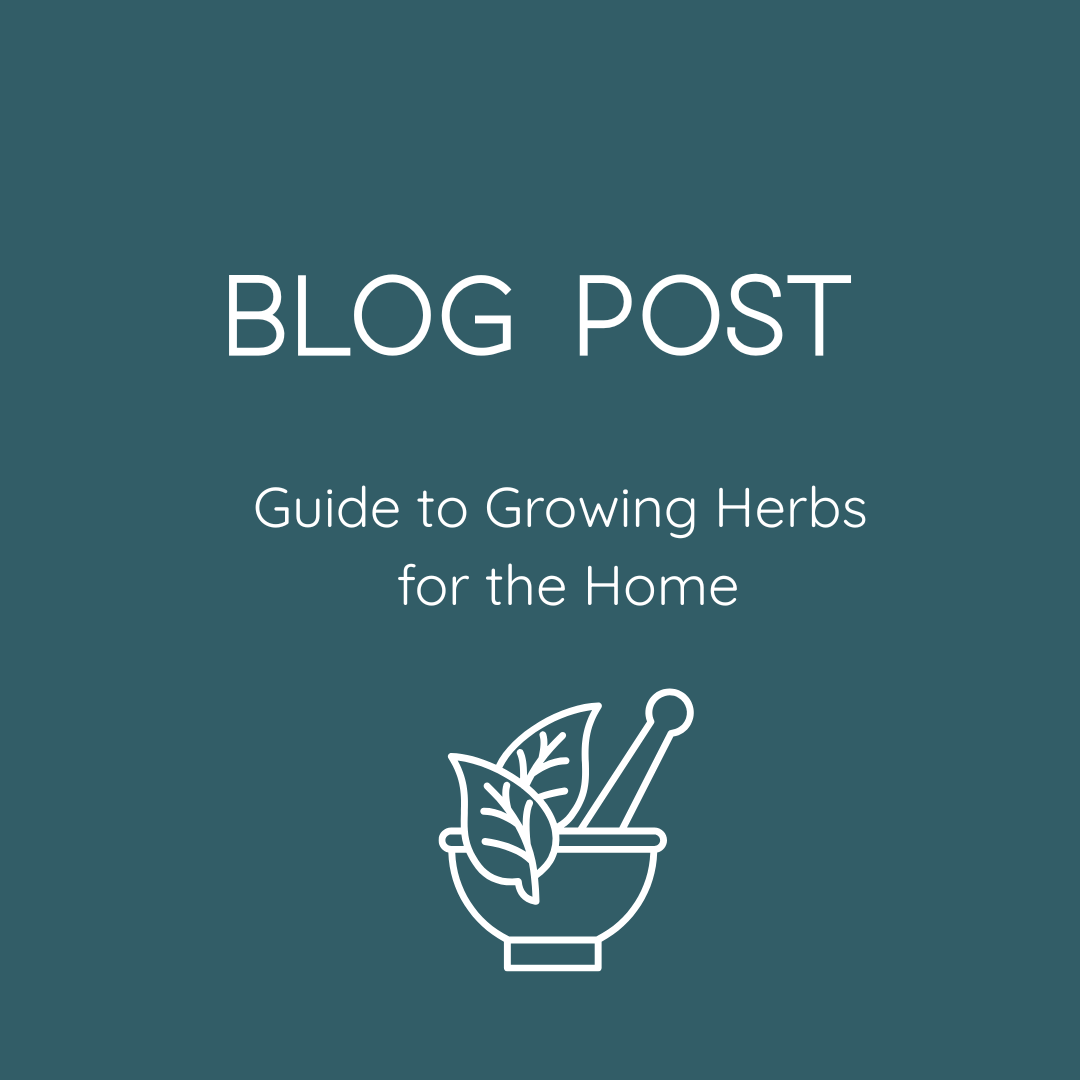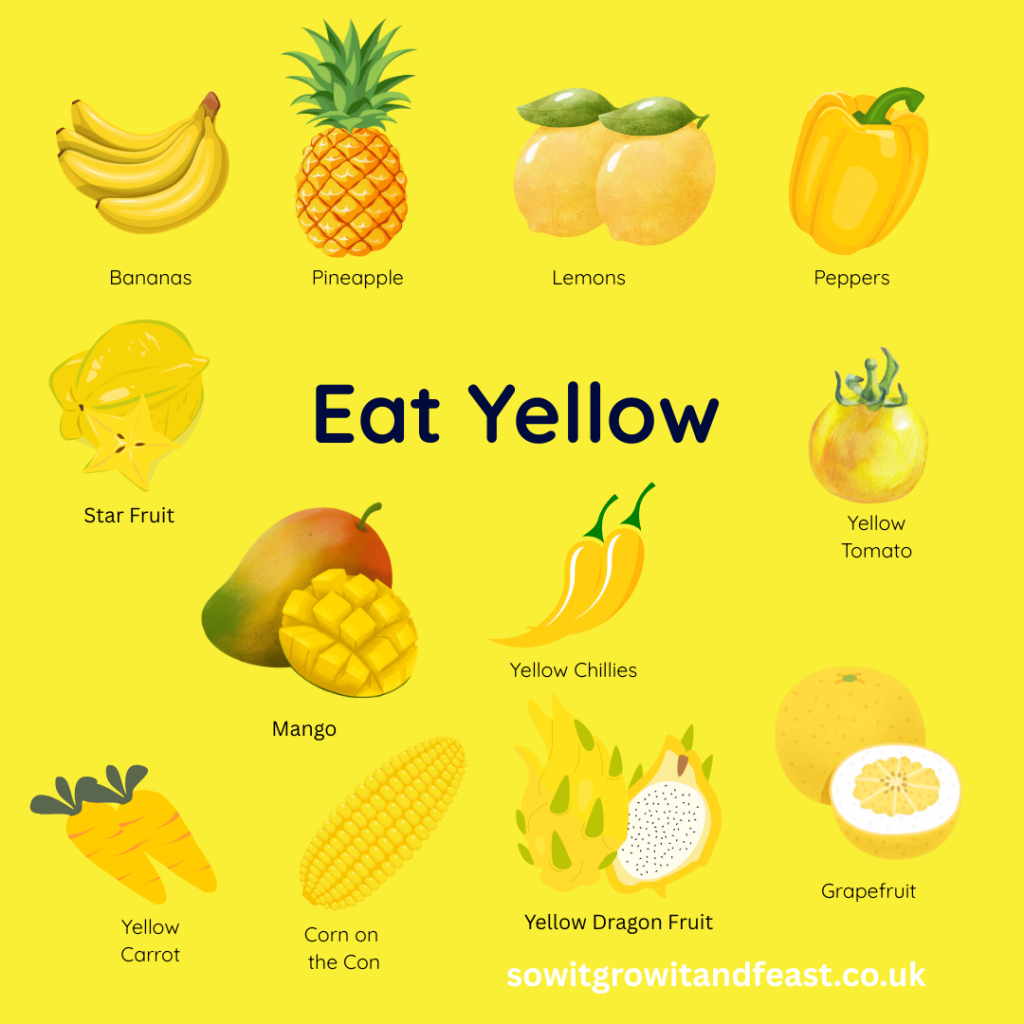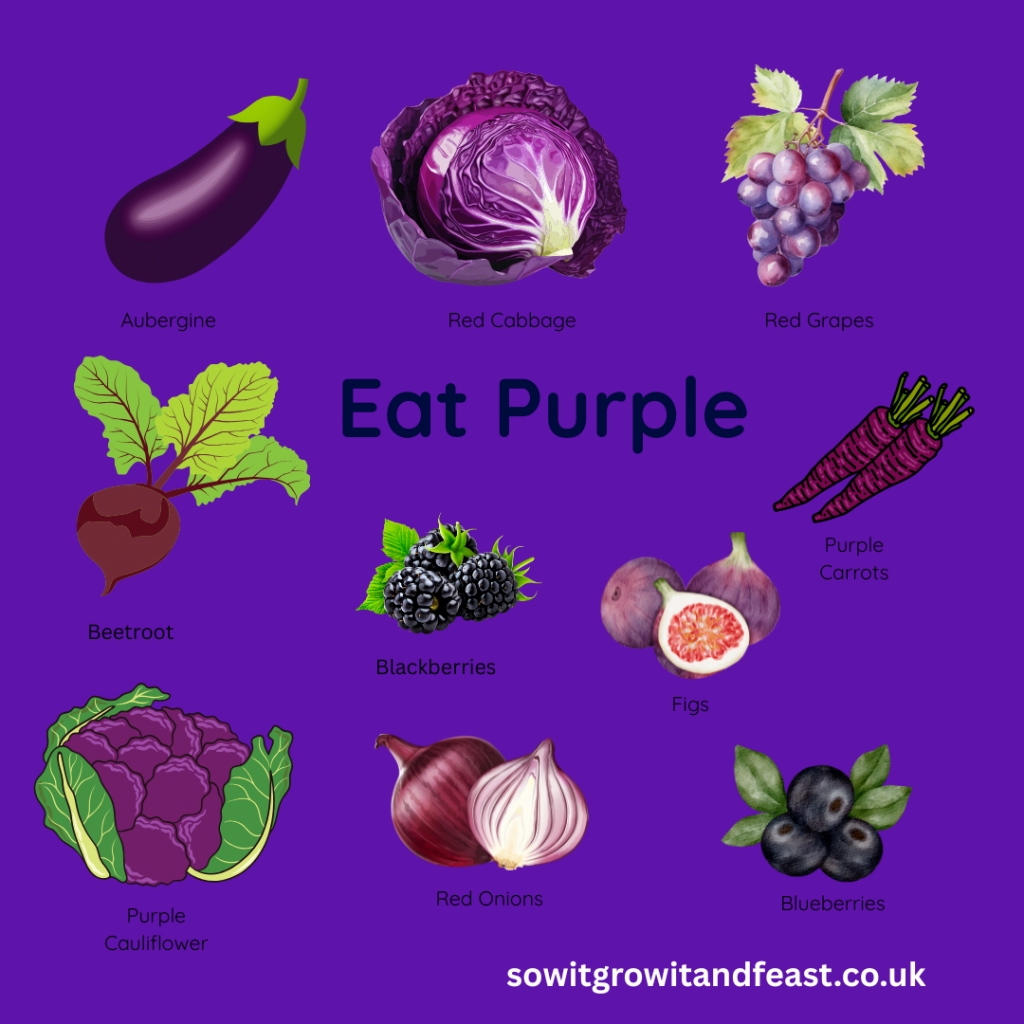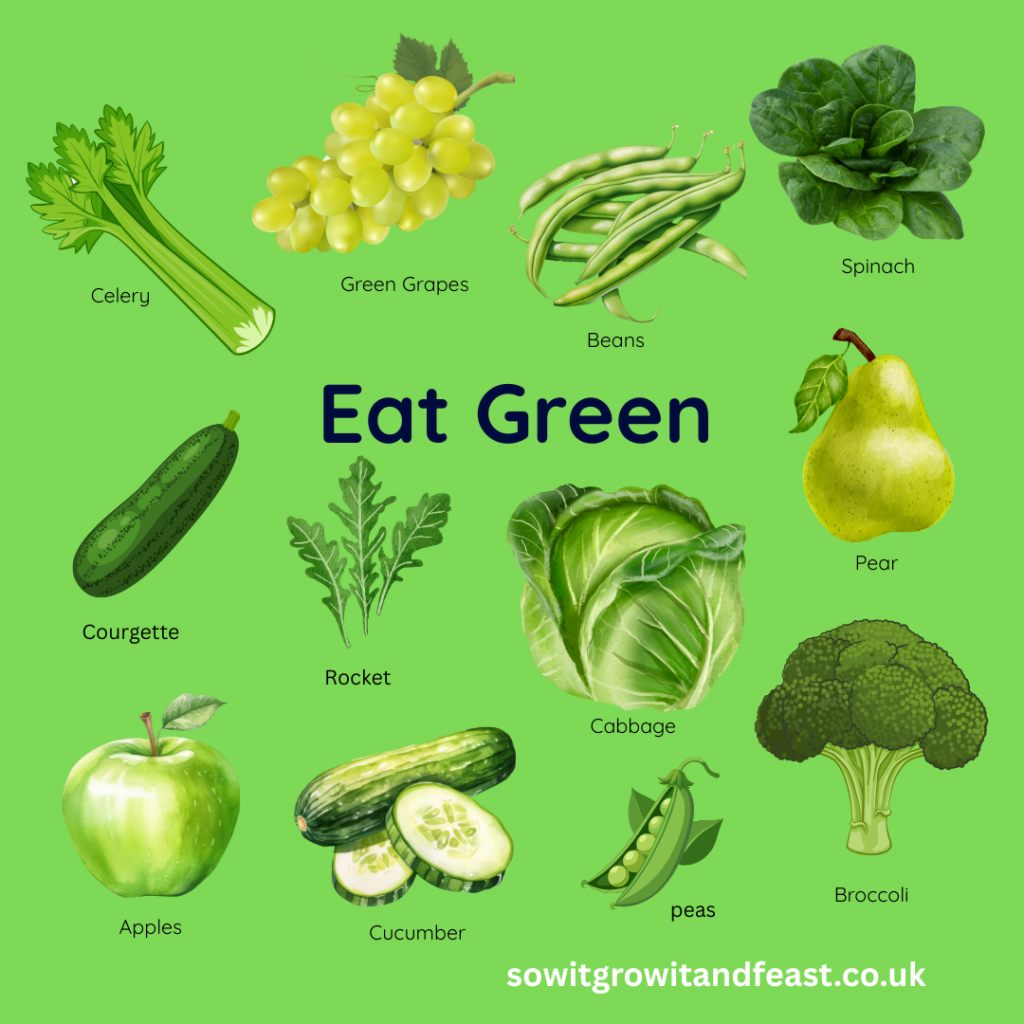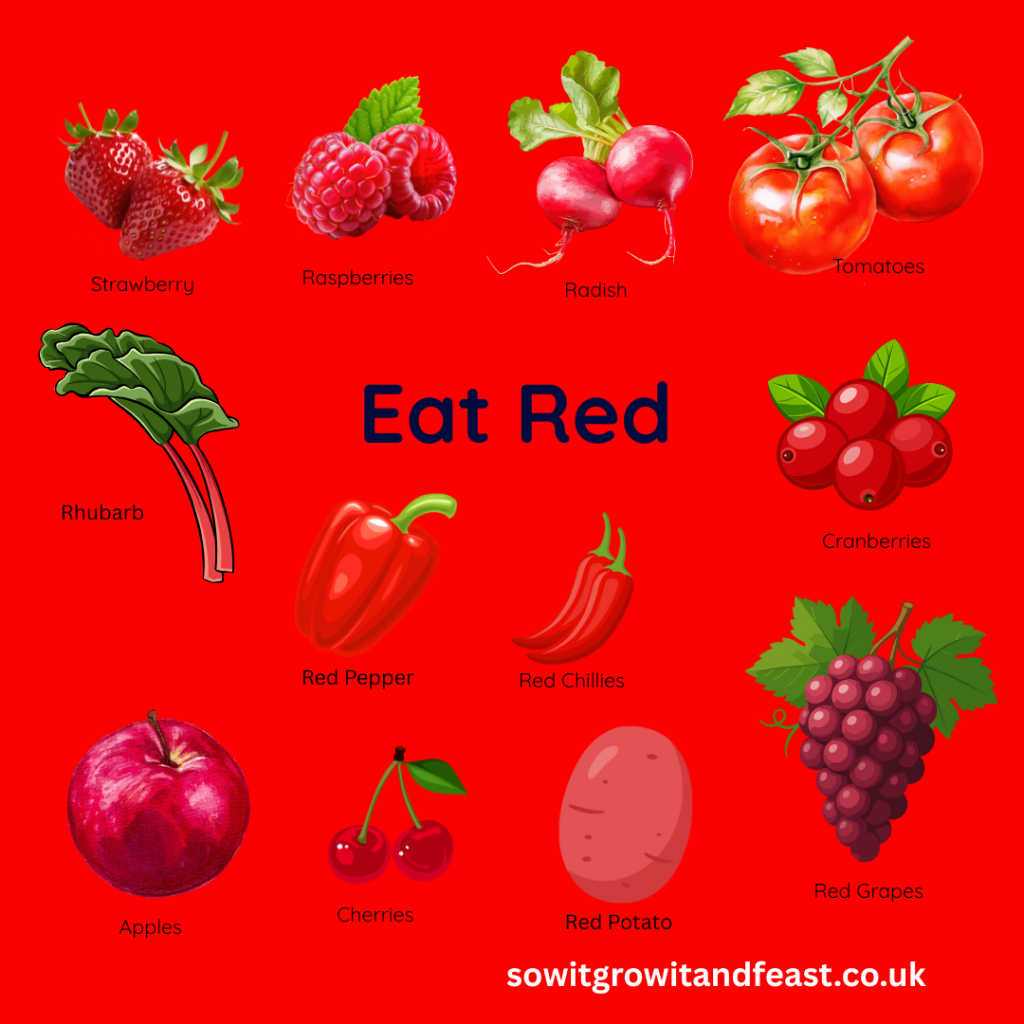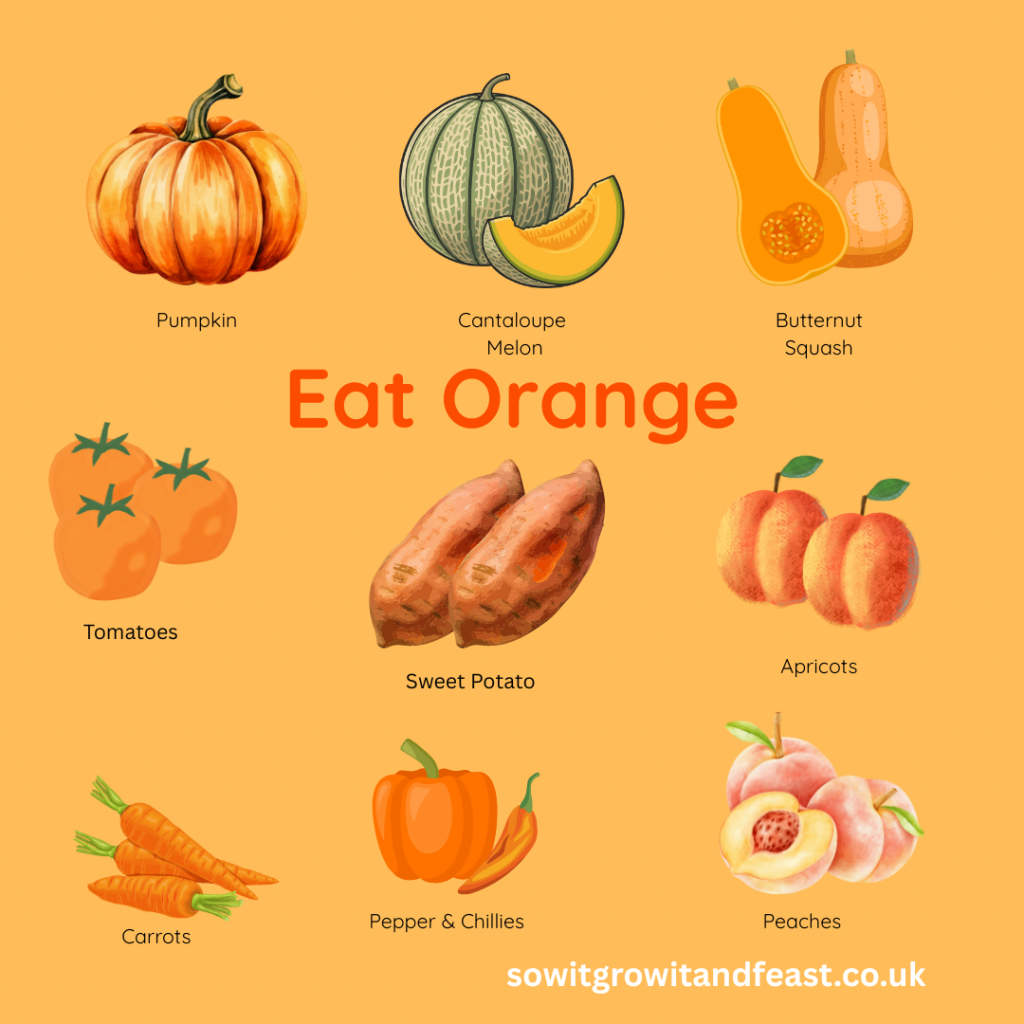Growing your own fruits and vegetables offers more than just the satisfaction of self-sufficiency. The ability to harvest crops at peak ripeness, select varieties bred for flavour rather than shelf life, and control growing conditions means homegrown produce can deliver exceptional taste that surpasses shop-bought alternatives. Understanding the science behind flavour development and implementing specific cultivation techniques can transform your garden into a source of intensely flavourful harvests.
The difference between bland and brilliant produce often lies in the details of cultivation. Factors such as variety selection, soil composition, watering practices and harvest timing all play crucial roles in determining the final flavour profile of your crops. Commercial agriculture prioritises uniformity, disease resistance and extended shelf life, frequently at the expense of taste. Home growers, however, can focus exclusively on maximising flavour through targeted growing methods.
This comprehensive guide examines the scientific principles behind flavour development in plants and provides practical techniques to enhance the taste of your homegrown produce. From soil preparation to harvest timing, these evidence-based methods will help you cultivate fruits and vegetables with exceptional flavour intensity.
Understanding Plant Flavour Development
Flavour in plants results from complex chemical compounds that develop throughout the growing process. These compounds include sugars, organic acids, volatile compounds and secondary metabolites that contribute to taste and aroma. Environmental stresses, nutrient availability and growing conditions all influence the concentration and balance of these flavour compounds.
Plants produce flavour compounds for various biological purposes, including attracting pollinators, deterring pests and protecting against environmental stresses. When growing conditions challenge plants appropriately, they often respond by concentrating these compounds, resulting in more intense flavours.
Temperature fluctuations play a significant role in flavour development. Cool nights and warm days encourage plants to produce and retain flavour compounds whilst preventing their breakdown through excessive heat. This temperature differential explains why many crops grown in Mediterranean climates or during specific seasons develop superior flavours.
Variety Selection for Superior Flavour
Choosing the right varieties forms the foundation of flavourful growing. Heritage and heirloom varieties often possess superior flavour profiles compared to modern commercial cultivars. These older varieties were selected for taste rather than commercial considerations such as uniform appearance or extended storage life.
Research specific varieties known for exceptional flavour within each crop type. For tomatoes, varieties such as ‘Brandywine’ and ‘Cherokee Purple’ offer complex, rich flavours that surpass standard commercial types. Among apples, heritage varieties like ‘Egremont Russet’ and ‘Cox’s Orange Pippin’ provide distinctive taste profiles unavailable in supermarket selections.
Consider growing multiple varieties of the same crop to extend harvesting periods and compare flavour characteristics. This approach allows you to identify which varieties perform best in your specific growing conditions whilst providing variety in your harvests.
Small-fruited varieties often concentrate flavours more effectively than their larger counterparts. Cherry tomatoes typically possess more intense flavours than beefsteak varieties, whilst small onions often develop stronger, more complex flavours than large storage onions.
Soil Management for Enhanced Flavour
Soil quality directly impacts flavour development through its influence on nutrient availability and plant health. Well-structured soil with good drainage prevents waterlogging, which can dilute flavours and promote disease. Conversely, soil that retains adequate moisture supports consistent nutrient uptake without causing water stress.
Organic matter content significantly affects flavour development. Compost and well-rotted manure provide slow-release nutrients that support steady plant growth without encouraging excessive vegetative development at the expense of flavour compounds. These organic amendments also improve soil structure and water retention capacity.
Soil pH influences nutrient availability and can directly impact flavour. Most vegetables prefer slightly acidic to neutral conditions (pH 6.0-7.0), though specific crops may have particular requirements. Blueberries require acidic conditions (pH 4.5-5.5) to develop their characteristic tartness, whilst brassicas prefer slightly alkaline conditions for optimal flavour development.
Mineral balance affects flavour intensity. Adequate potassium levels enhance sugar development in fruits, whilst sufficient calcium prevents bitter flavours that can develop when this nutrient is deficient. Regular soil testing ensures optimal mineral balance for flavour development.
Strategic Watering for Concentrated Flavours
Water management represents one of the most critical factors in flavour development. Excessive watering dilutes flavour compounds and encourages soft, bland produce. Conversely, appropriate water stress concentrates these compounds, resulting in more intense flavours.
Deep, infrequent watering encourages strong root development and allows plants to access nutrients more effectively. This watering pattern also prevents the dilution effects of constant moisture availability. Most crops benefit from allowing soil to dry slightly between waterings, encouraging plants to concentrate flavour compounds.
The timing of water restriction can significantly impact flavour development. Reducing watering frequency during the final stages of fruit development concentrates sugars and other flavour compounds. Tomatoes benefit from reduced watering once fruits begin to ripen, whilst root vegetables such as carrots develop sweeter flavours when water is slightly restricted during the final growing period.
Mulching helps maintain consistent soil moisture levels whilst preventing rapid fluctuations that can stress plants unnecessarily. Organic mulches such as straw or compost also contribute nutrients as they decompose, supporting flavour development through improved soil fertility.
Nutrient Management for Optimal Taste
Balanced nutrition supports flavour development without promoting excessive vegetative growth. High nitrogen levels encourage leafy growth at the expense of flavour compound production. Reducing nitrogen availability during flowering and fruiting stages encourages plants to focus energy on developing flavourful produce.
Potassium plays a crucial role in sugar development and flavour enhancement. Adequate potassium levels improve fruit quality and enhance the development of sugars that contribute to sweetness. Wood ash provides a natural source of potassium, though commercial potassium sulphate offers more precise control over application rates.
Phosphorus supports root development and flowering, contributing to overall plant health and flavour development. Bone meal provides a slow-release phosphorus source that supports steady plant development throughout the growing season.
Micronutrients such as boron, magnesium and calcium contribute to specific aspects of flavour development. Boron deficiency can result in bitter flavours in root vegetables, whilst magnesium deficiency affects chlorophyll production and overall plant health. Regular application of seaweed meal or rock dust provides these essential micronutrients in balanced proportions.
Environmental Factors Affecting Flavour
Light intensity and duration influence flavour compound production. Plants grown in full sun typically develop more intense flavours than those grown in partial shade. The increased photosynthetic activity in high-light conditions provides more energy for producing secondary metabolites that contribute to flavour.
Temperature management affects flavour development throughout the growing season. Cool-season crops such as lettuce and spinach develop bitter flavours when exposed to excessive heat, whilst warm-season crops require adequate heat to develop full flavour profiles. Understanding the temperature preferences of specific crops ensures optimal flavour development.
Wind exposure can stress plants beneficially, encouraging the production of protective compounds that enhance flavour. However, excessive wind can damage plants and reduce overall productivity. Strategic placement of crops considers natural wind patterns whilst providing protection from damaging gusts.
Elevation and aspect affect growing conditions through their influence on temperature, light exposure, and air circulation. South-facing slopes receive maximum sunlight exposure, supporting flavour development in sun-loving crops, whilst north-facing locations may suit crops that prefer cooler conditions.
Timing and Harvesting Techniques
Harvest timing significantly impacts flavour quality. Fruits and vegetables harvested at peak ripeness possess maximum flavour intensity, whilst early or late harvesting can result in inferior taste. Understanding the specific indicators of ripeness for each crop ensures harvesting at optimal flavour development.
Morning harvesting often provides superior flavour quality, as plants have had overnight to concentrate sugars and other flavour compounds. Cool morning temperatures also help preserve these compounds and prevent flavour degradation from heat exposure.
Gradual harvesting allows plants to continue developing flavour in remaining fruits whilst ensuring each harvest occurs at peak ripeness. This technique particularly benefits crops such as tomatoes and peppers, where fruits ripen over extended periods.
Post-harvest handling affects flavour retention. Immediate cooling and proper storage prevent flavour degradation and maintain quality. Understanding the specific storage requirements of different crops preserves flavour from harvest to consumption.
Seasonal Considerations for Maximum Flavour
Growing seasons affect flavour development through their influence on temperature patterns, daylight hours, and growing conditions. Cool-season crops often develop superior flavours when grown during their preferred seasons, whilst attempting to grow them during inappropriate periods results in inferior taste.
Succession planting ensures continuous harvests whilst allowing each planting to mature during optimal conditions. This technique prevents the need to harvest crops during suboptimal periods and maintains consistent flavour quality throughout the growing season.
Winter protection techniques such as cold frames and row covers extend growing seasons whilst maintaining flavour quality. These methods allow continued cultivation during periods when outdoor conditions would otherwise prevent growth or reduce flavour development.
Crop rotation supports soil health and prevents the depletion of specific nutrients that affect flavour development. Rotating crop families ensures balanced soil nutrition whilst reducing pest and disease pressures that can impact plant health and flavour quality.
Maximising Your Flavourful Harvest
Developing exceptional flavour in homegrown produce requires understanding the complex interactions between variety selection, growing conditions, and harvesting techniques. The investment in proper soil preparation, strategic water management, and optimal harvesting timing yields remarkable improvements in flavour intensity and quality.
Success in flavour-focused growing comes through careful observation and gradual refinement of techniques. Monitor how different varieties respond to your specific growing conditions and adjust management practices accordingly. Keep detailed records of which combinations of varieties, growing methods, and environmental conditions produce the best flavours.
Begin implementing these techniques gradually, focusing on one or two crops initially before expanding to your entire garden. This approach allows you to master specific methods whilst observing their effects on flavour development. The knowledge gained through focused attention to flavour enhancement will transform your gardening practice and significantly improve the quality of your harvests.
Further Reading: How to Start Your Own Vegetable Patch, How to Plan and Design Your Dream Vegetable Patch, Why Choose Sow It Grow It and Feast for Your Garden?, How to Choose the Perfect Flower Pot for Your Crops, The Principles of Organic Gardening
